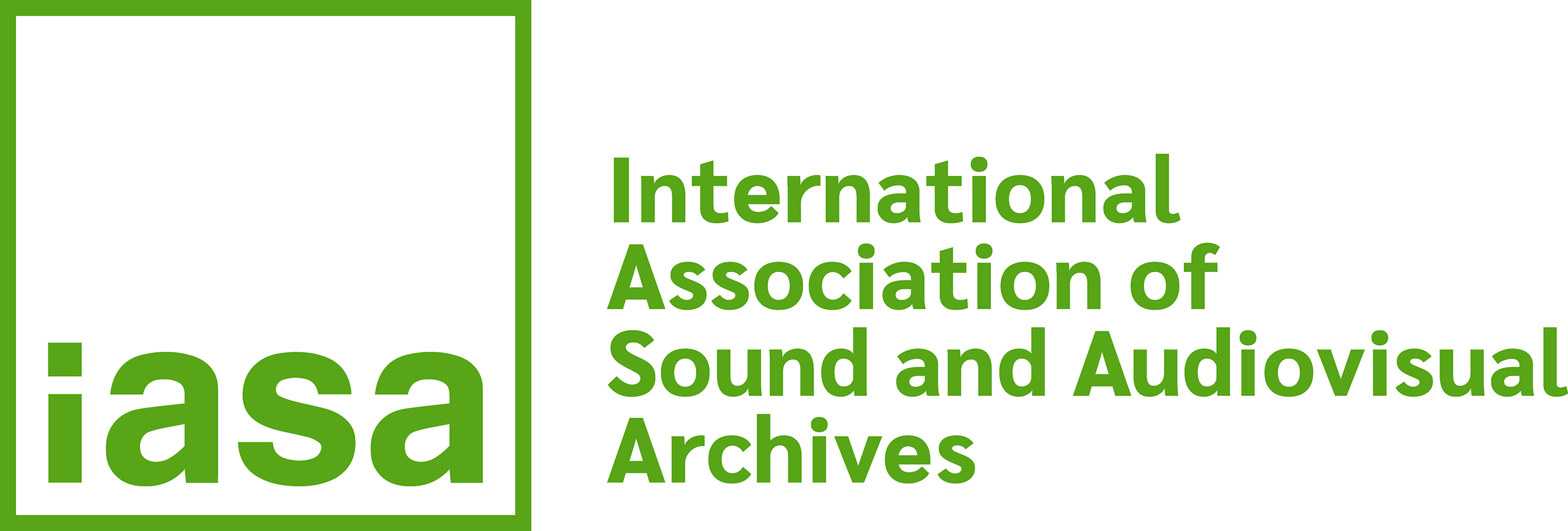2. Role of a linguistic sound archive
In the past the primary function of linguistic recordings has usually been seen as research. This will always remain an important reason for recording language material; indeed much of the material has been and presumably will continue to be recorded by linguistic researchers in the course of their fieldwork. However, linguists are becoming increasingly aware of the value of their recordings as a means of preserving the linguistic heritage of the speakers of the languages being recorded.
In a recent survey of the Australian Aboriginal situation1 the need for preservation is apparent. Of 202 languages, 114 are listed as having ten or less speakers. Similarly many of New Guinea's estimated nine hundred languages (or more) are rapidly disappearing. 2 The reasons for the demise of many little known languages are complex. Without going into all the reasons why people may 'lose' their language there are increasing numbers of people who regard it as important that their languages be recorded for their descendants. In other cases descendants of speakers of now-extinct languages have a keen interest in the nature and, of course, the sound of the languages of their forebears.
For researchers a sound archive has many advantages. The archive provides a safe place for their own collections to be housed and gives them ready access to the recordings of other collectors. A collector would be unlikely to be able to match the standards of storage and preservation to which a sound archive should aspire. The archive can be used for library research. Linguistic researchers or students may use already existing recordings as the basis for a research project rather than collect recordings themselves. Such work can assist the archive by providing added documentation for its recordings. It will be a useful policy for the archive to require researchers to deposit a copy of their transcriptions with the archive; researchers will usually be willing to comply provided they have some control over the use of the material (see section 7).
Inevitably the content of the recordings collected by linguists will overlap with other fields of interest. Linguists collect text material which will be of interest to ethnologists, folklorists, natural historians and historians. Text collections3 often include life histories of prominent members of the linguistic group and stories of contact of that group with newcomers on the frontier. While linguists may be primarily interested in a text for its discourse techniques, particular grammatical constructions or unusual items of vocabulary, others will be interested only in the content. Close liaison between specialised sound archives or sections of a general sound archive should ensure that the multiple interests of a particular recording are widely known. Publication of catalogues of the archive's holdings and regular lists of recent acquisitions will ensure dissemination of such information. One example of acquisition listings of tape recordings can be found in the Australian Institute of Aboriginal Studies Newsletter published since 1974. Prior to this the Institute published catalogues with more detail on the contents of the recordings (AIAS Catalogue of Tape Archive Nos. 1-7; Canberra: AIAS;1967-l970). Other archives of course need different listings to suit their purposes.
- Sutton, P. 'Languages and Speakers in Australia' in AIAS mimeo; 1974
- Wurm. S (ed). Papuan Languages and the New Guinea Linguistics Scene (New Guinea Languages and Language Study, Vol 1); Canberra: Pacific Linguistics; 1975
- Linguists usually collect their material in two ways: in a relatively formal, structured format where the speaker responds to specific questions put by the investigator, and in a less directed, more informal way where the speaker is invited to tell a story or engage in free conversation with other speakers. Any material of the latter type is referred to as 'text'.


